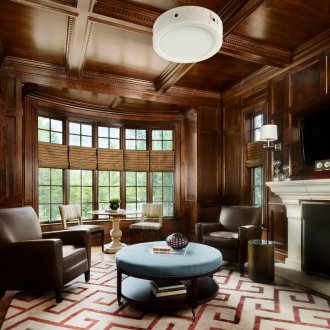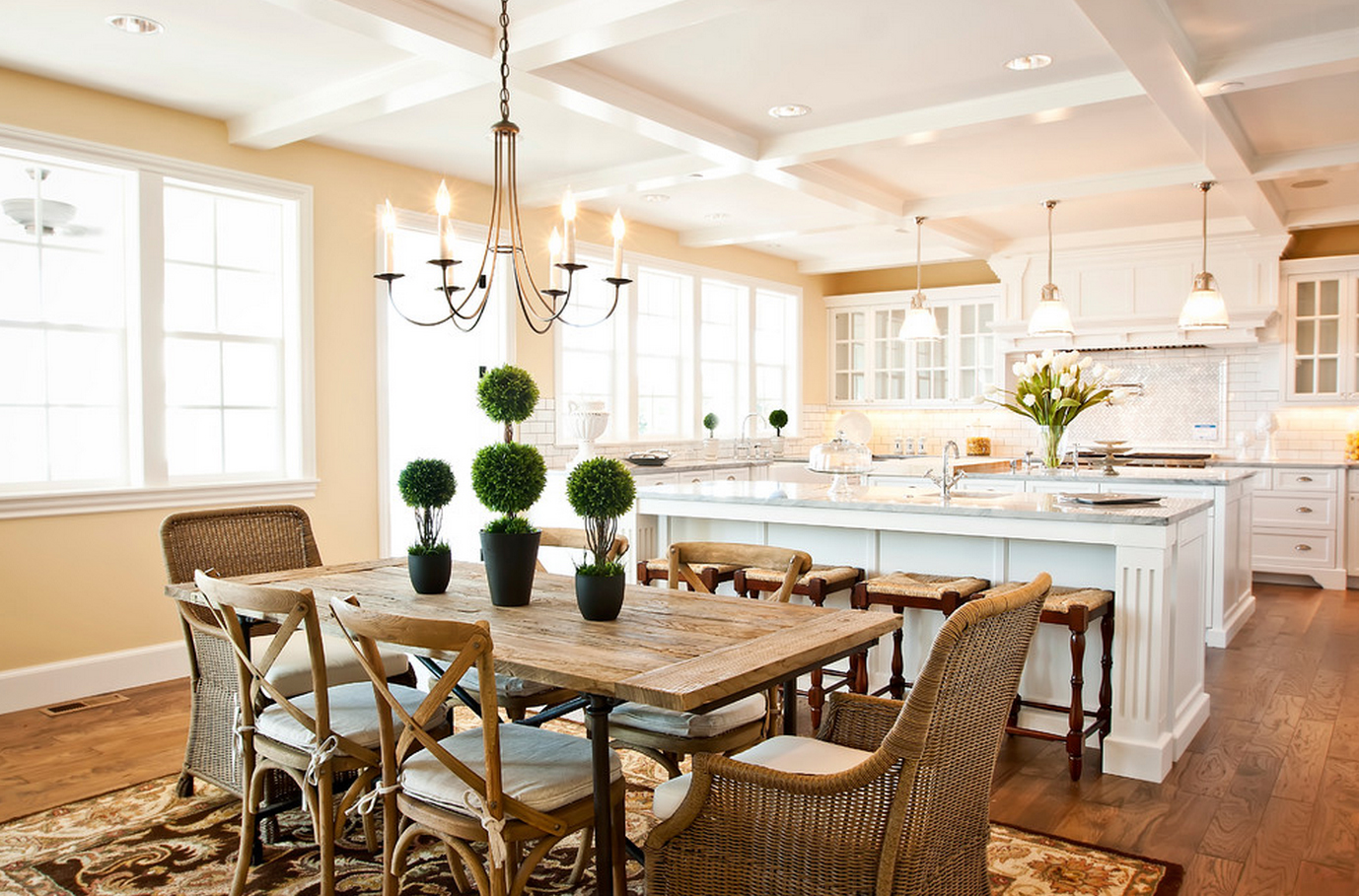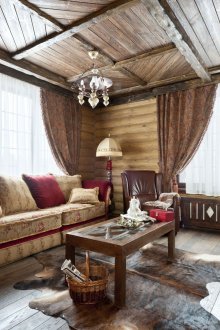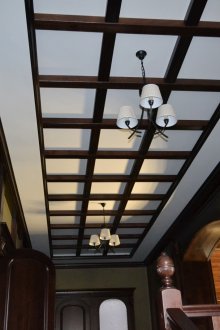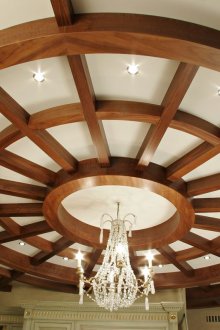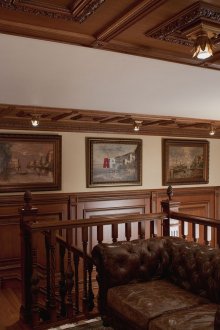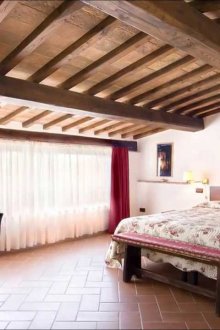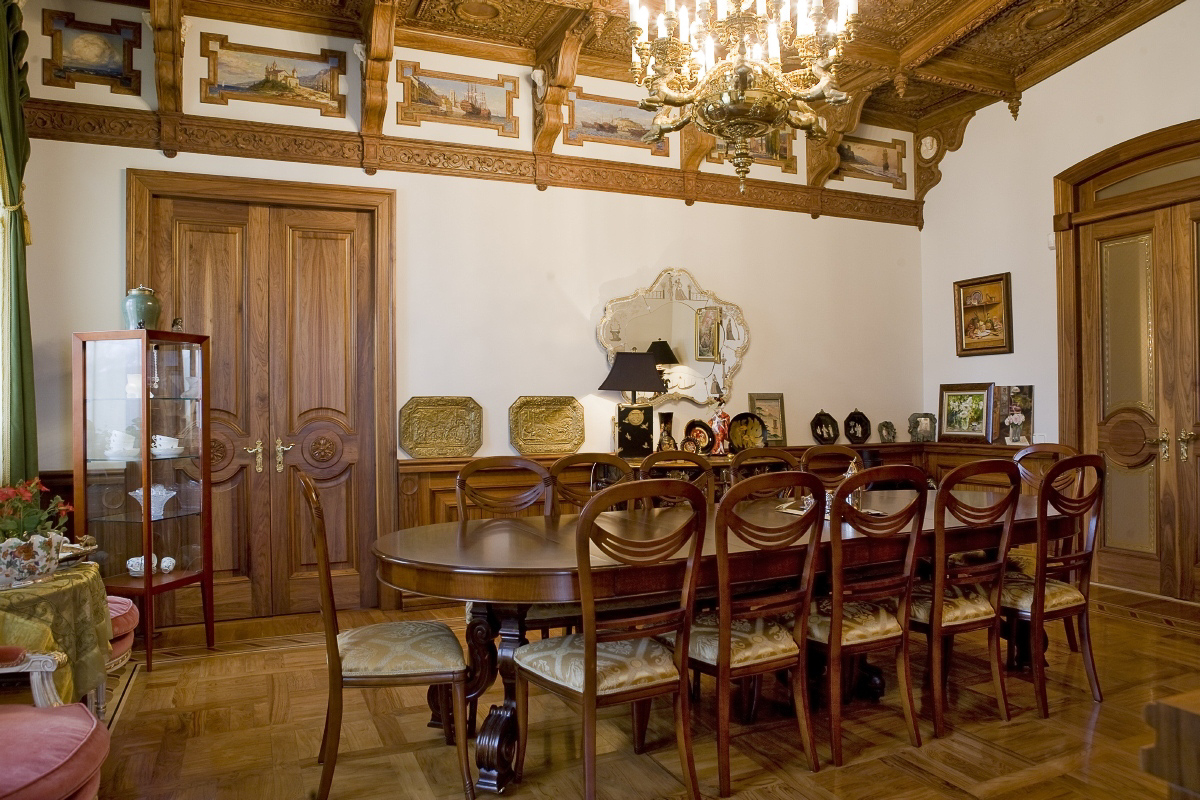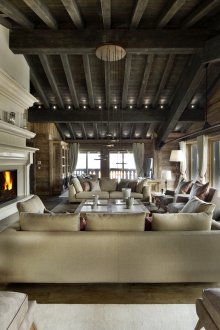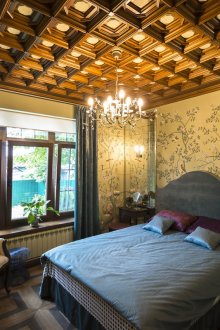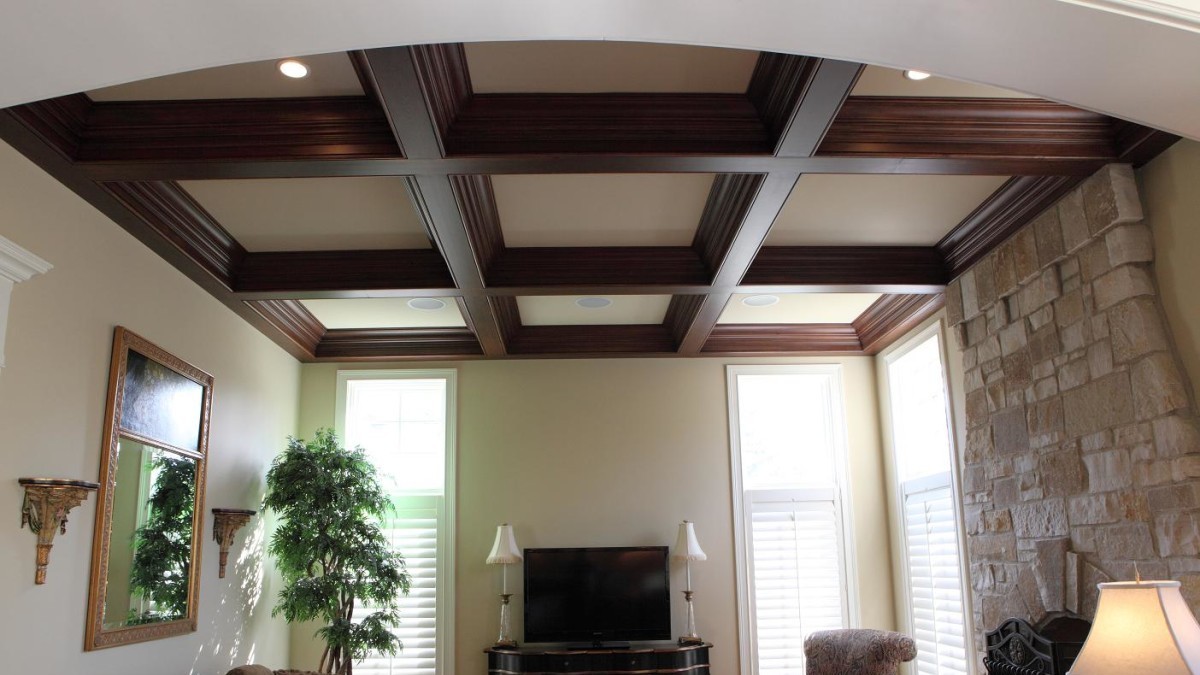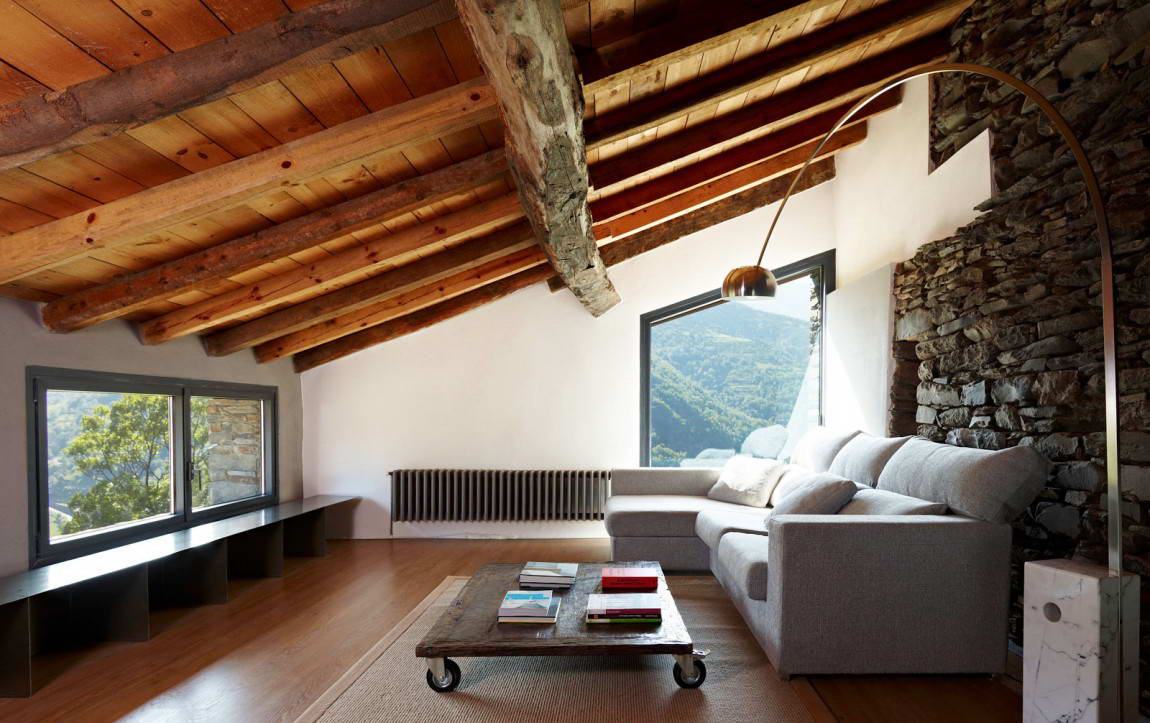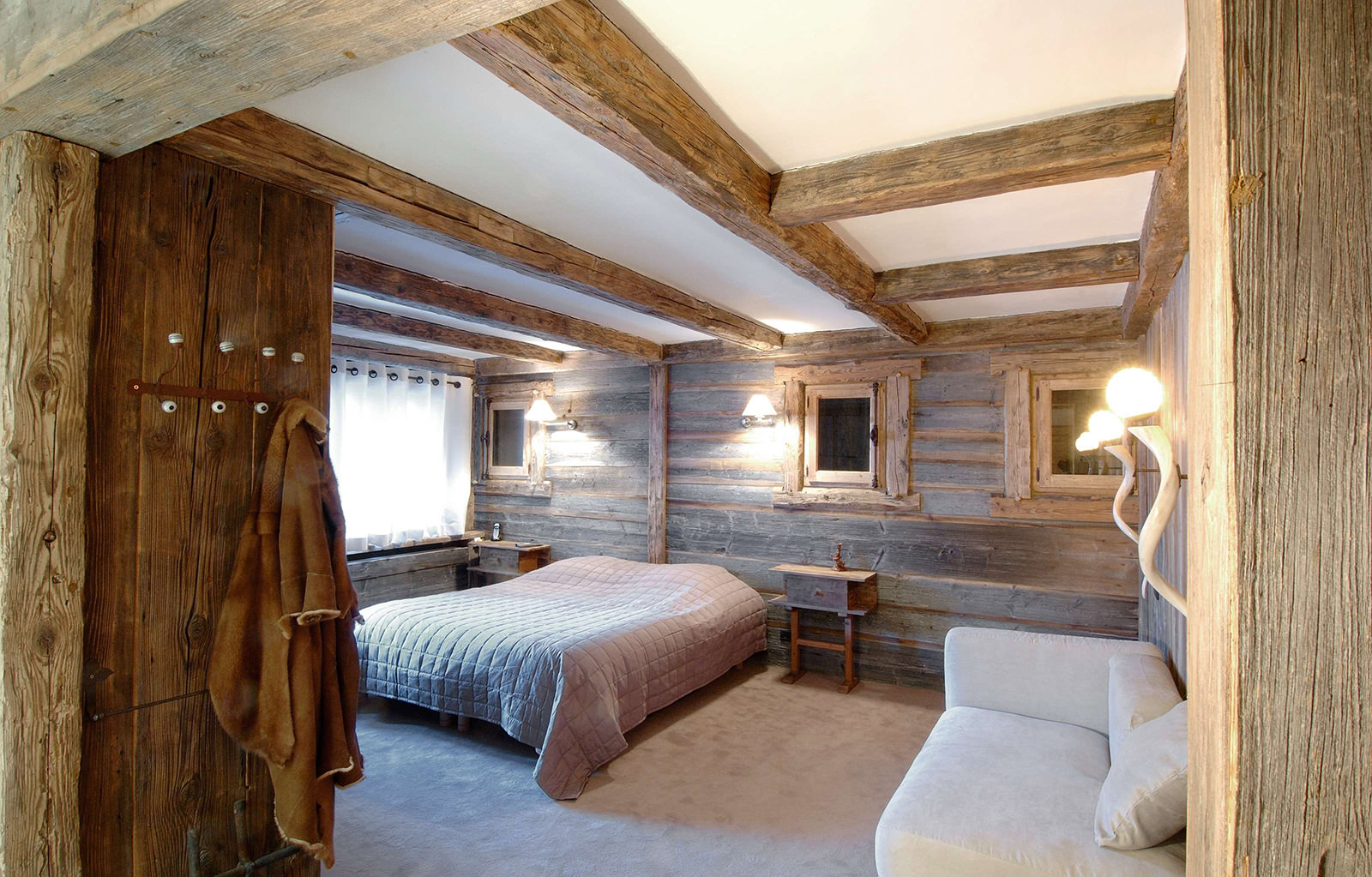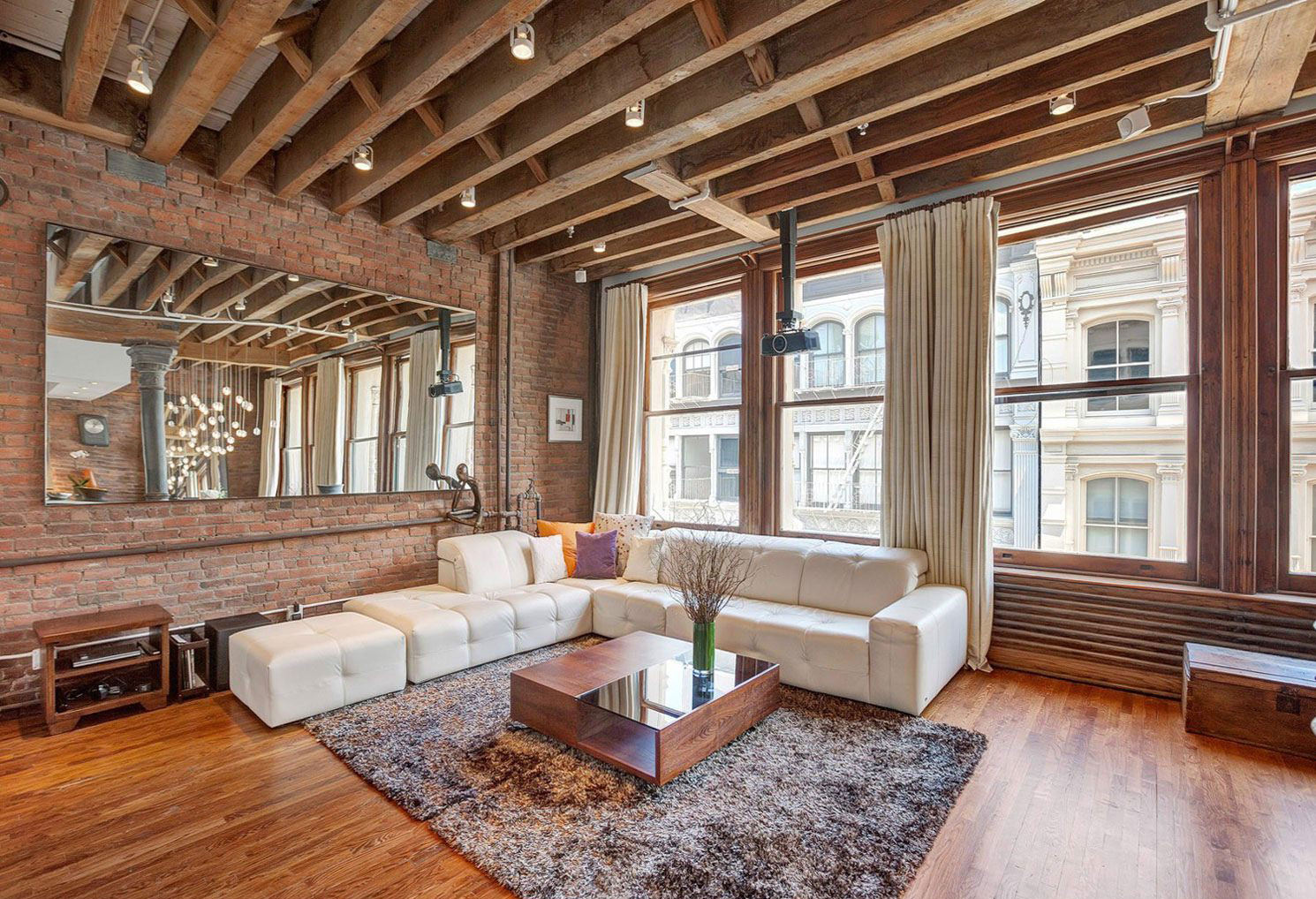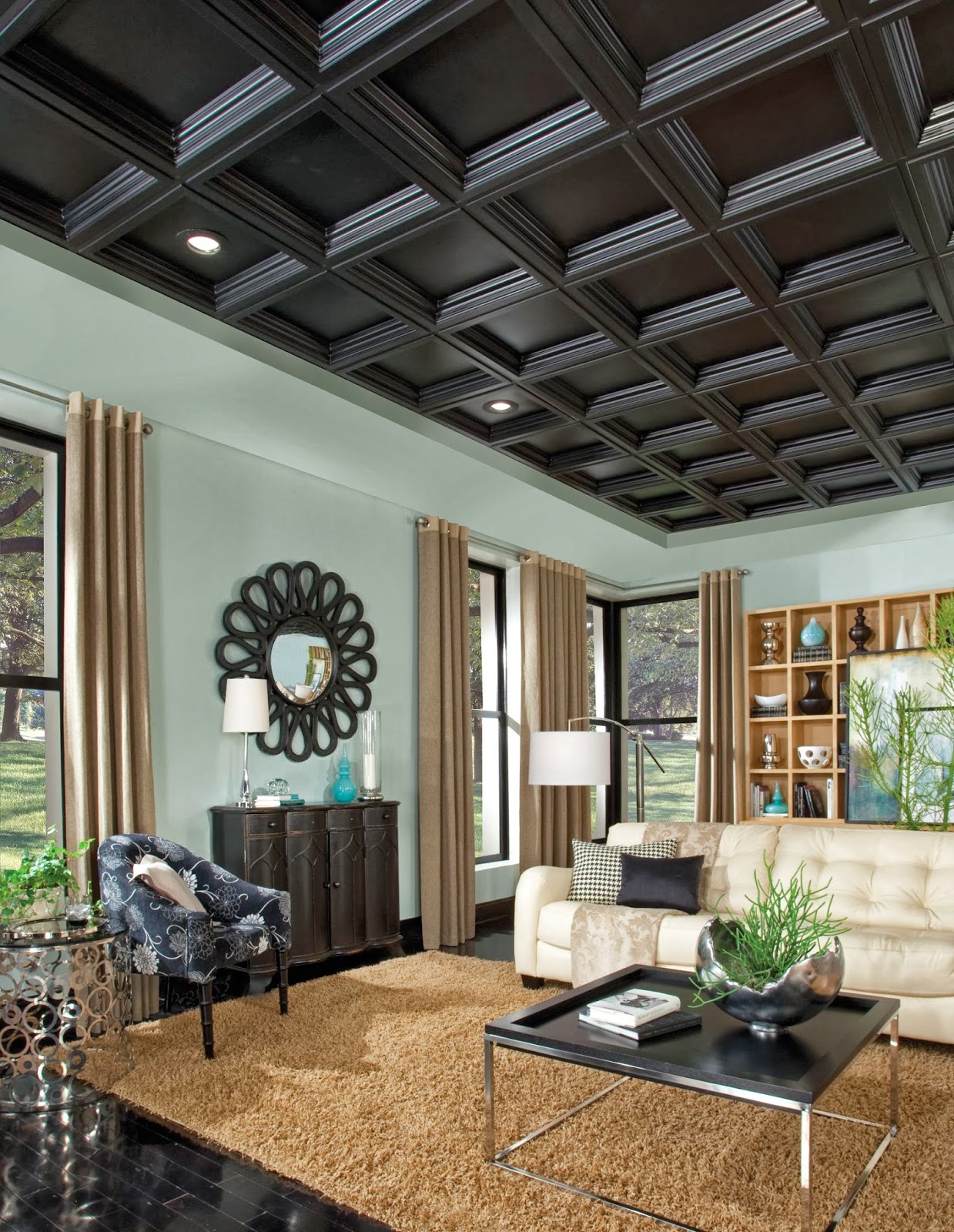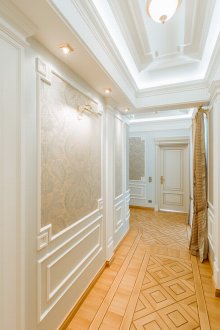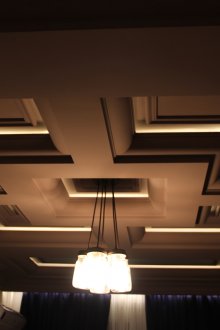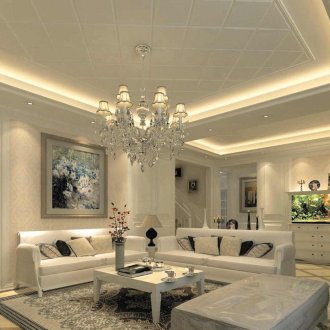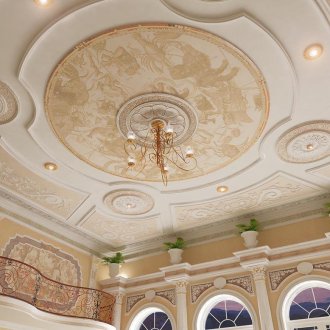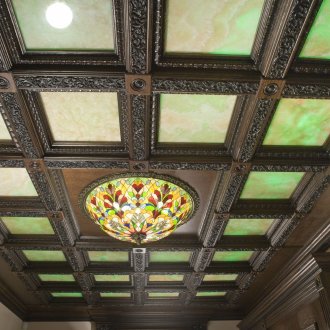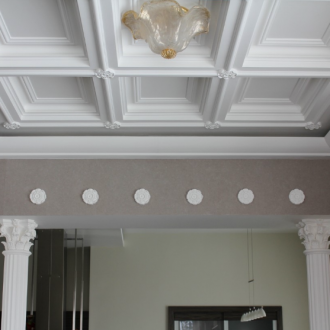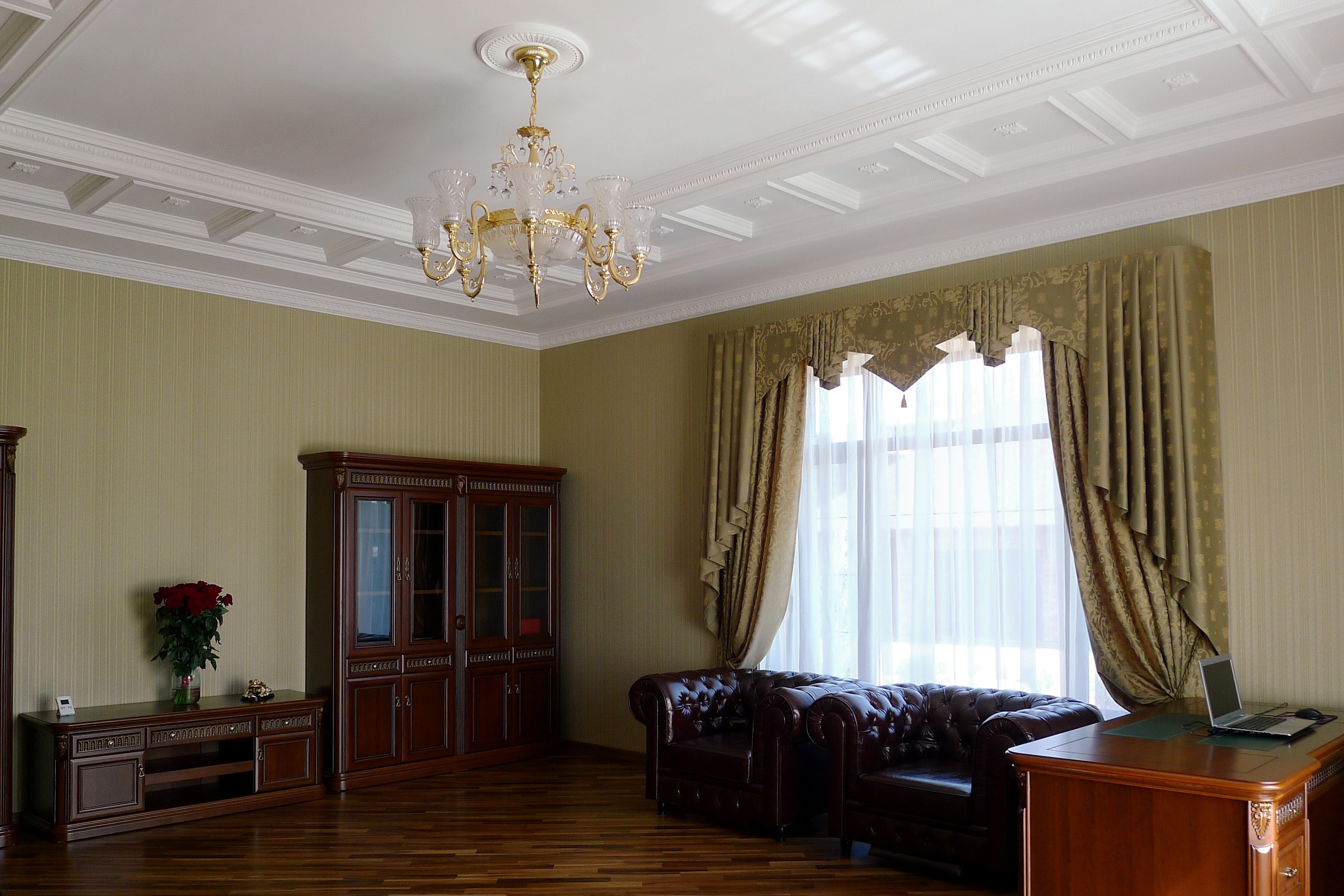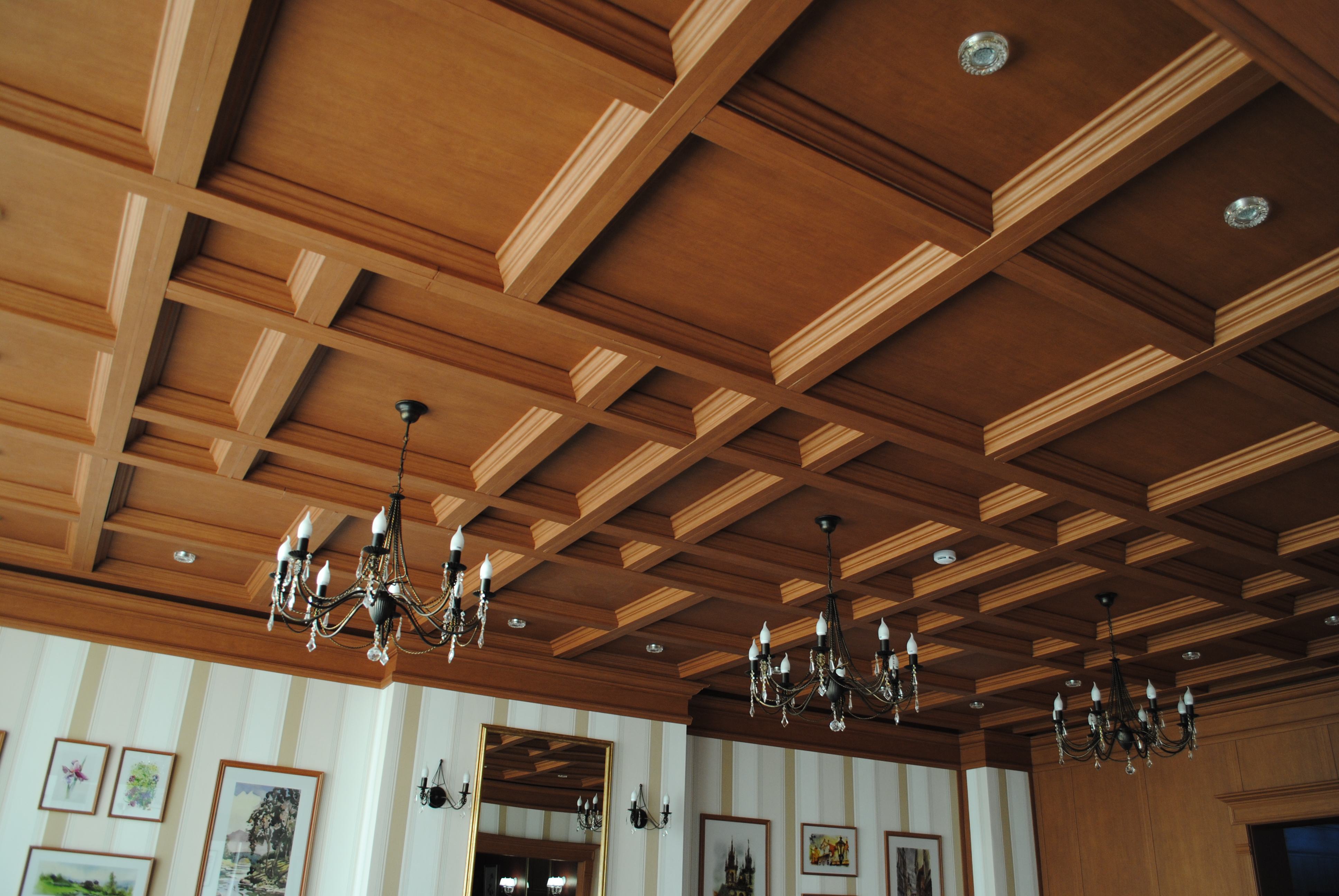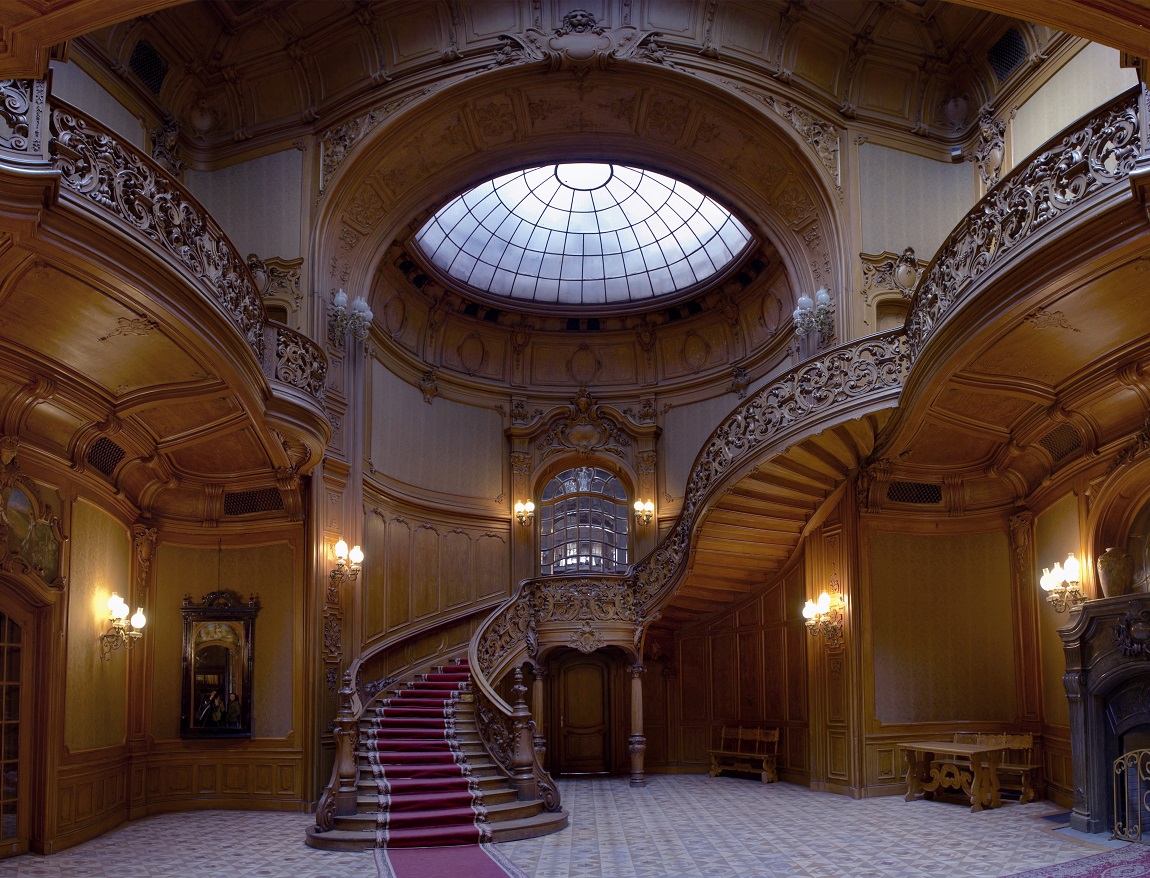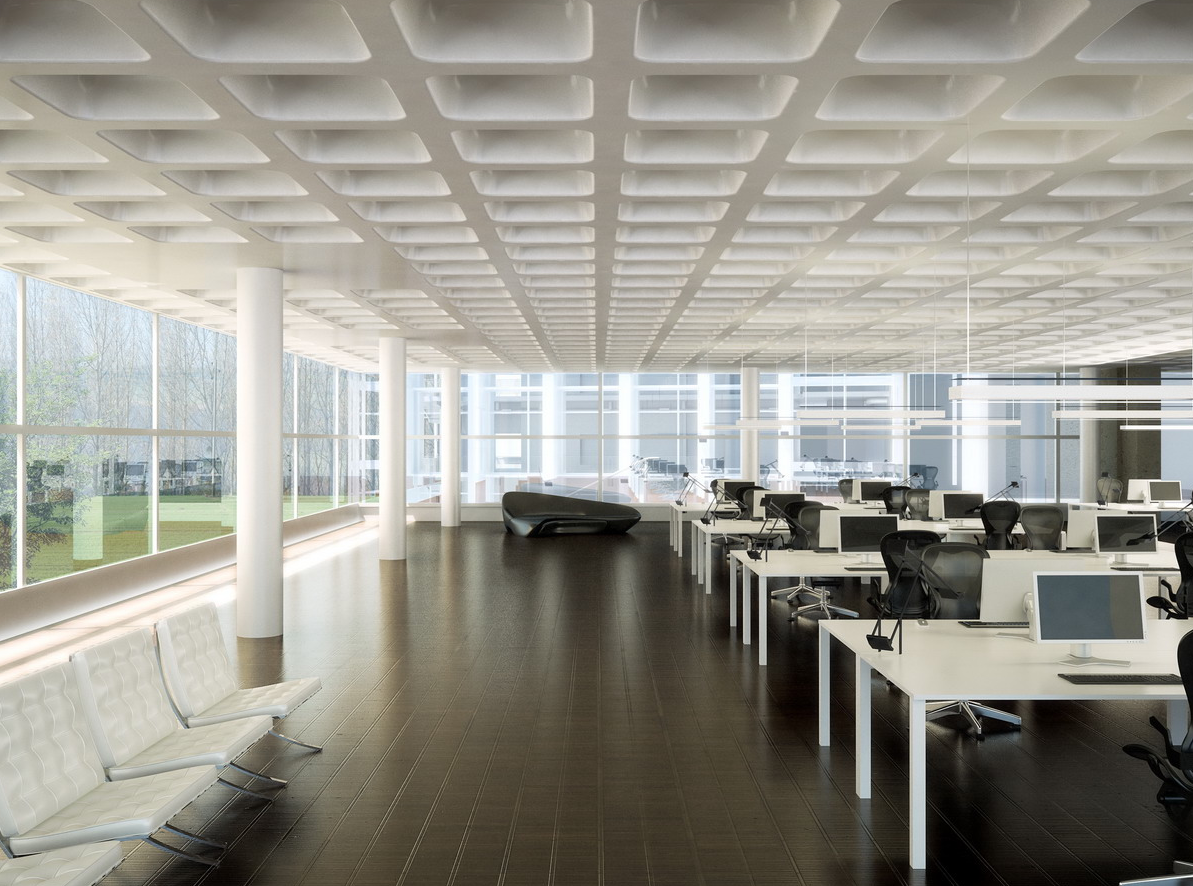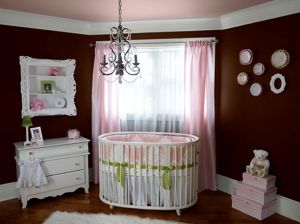Caisson ceiling: types and methods of installation (30 photos)
Content
Starting from ancient architectural monuments, coffered ceilings in the interior of the premises have gone a long evolutionary path and have occupied their niche in modern design solutions. And although the design of ceiling areas with caissons has lost its original function (facilitating flooring), it has gained a new birth in the form of decorative images.
If you adhere to accuracy in terminology, then a modern ceiling with recesses should be called “quasi-cesson”. Caissons, unlike the architecture of Hellas, Ancient Rome, the Renaissance, are not performed in the thickness of the overlapping structures, but are created artificially: by installing bulkheads from various materials. Be that as it may, the use of such a design technique is of growing interest to both designers and homeowners.
Properties of coffered ceilings
The creation of buried sections of the correct geometric shape in the form of squares, hexagons and octagons, rhombs is traditionally considered a classic in the design of coffered ceilings. The location of the caissons, or as they are also called lacunae, in the classic version is assumed to be strict, evenly distributed. Along with classical modifications, various interpretations in the formation and shaping of caissons have gained popularity.
When choosing any location and method of forming deep and elevated areas, such a ceiling has many positive qualities:
- esthetic and in some ways even luxurious appearance. The design, created by the alternation of beams and recesses, easily fits into the interiors of both country houses and city apartments. At the same time, the inter-beam space leaves designers with complete freedom in the choice of finishing options;
- gives the room, in addition to decorative properties, excellent acoustic qualities. The alternation of deep and elevated areas contributes to the creation of optimal conditions for the damping of air vibrations;
- possibility of application for the formation of beams of different in nature materials. The gaps between the caissons can be made of drywall, wood, polyurethane modules, MDF materials and even dense cardboard brands;
- the space created under the beams can be used for laying electrical and communication lines, ventilation and air conditioning pipelines;
- unrivaled opportunities to create a light decoration of the room. The stepped structure allows you to install built-in and overhead lighting fixtures, which are able to not only emphasize the decorative and decoration elements of the ceiling, but also form a soft light atmosphere of the entire room;
- durability of designs. Oak coffered ceilings, for example, can serve for decades, while acquiring additional decorative qualities and strength.
It is clear that the presence of such a list of advantages creates a certain list of disadvantages, the main of which are the complexity of the arrangement and a high budget component. A conditional disadvantage is the limited possibility of installation in rooms with low ceiling ceilings.
Materials for coffered ceilings
The design and variety of materials on the market provide craftsmen with the opportunity to perform coffered ceilings, which can be limited only by the flight of imagination, imagination and affordable financial opportunities.
Wooden caisson structures
The most expensive and difficult to install are coffered ceilings made of wood. This is explained by the cost of suitable wood species and complex, in comparison with other materials, marking and installation processes.
Wooden coffered ceilings have a large weight, so they can be mounted on floors that have sufficient strength characteristics. To fix the beams, hardware should be used that can withstand quite serious breaking loads. Wood intended for the manufacture of beams should be dried and processed using bio- and fire-retardant components.
With all the difficulties of pre-installation preparation and installation itself, the coffered ceiling made of solid wood is a classic of the genre with all the ensuing advantages:
- pleasant visual perception;
- solidity and solidity;
- environmental attractiveness;
- Durability inaccessible to other materials.
The assortment of wooden moldings, which is widespread in the market, allows you to decorate rooms with caissons even with relatively low ceilings.
With a ceiling height of more than two and a half meters, wooden beams of small thickness made of light woods are quite suitable for forming caissons, without creating the effect of lowering the coating.
The use of drywall materials
Drywall is one of the most common materials for decoration. Naturally, caisson structures are not without its use. The dual use of drywall sheets during installation is possible. Firstly, the plasterboard suspended ceiling can serve as the basis for gluing the elements forming the caissons. Another option is the use of GVL both as a basis and as a forming material for beams.
Drywall coffered ceiling has many primary factors for use:
- the material fits easily into any, even limited budget due to its low price;
- GVL is easily processed, can be the basis for a wide variety of decorating materials;
- design features from plasterboard sheets allow for additional heat and noise insulation measures;
- ecological and fire-fighting properties of plasterboard materials are not subject to doubt.
Among the shortcomings are significant. Plasterboard designs involve the creation of volumetric frames. This factor does not allow to create coffered ceilings from drywall in rooms with a low location of ceilings. The material has a well-known fragility, and structures made of it require accuracy when servicing and conducting cleaning events. In rooms with high humidity, brands with increased moisture resistance characteristics can be used.
Polyurethane Ceiling Options
The active introduction of coffered ceilings into everyday life initiated the appearance of new materials for their arrangement. Polyurethane coffered ceilings are proof of this. The standard polyurethane module is almost ideal for self-designing caissons in any room. The modules are lightweight, easy to process and mount to the ceiling with affordable compounds.
By value, polyurethane coffered ceilings occupy an average price range and are available for use on a limited budget.
MDF materials
Caisson ceilings from MDF panels are another budget option and affordable for self-construction.Even the master, who is not very sophisticated in design and decoration, is able, with a certain effort and care, to mount a caisson construction of a decent appearance. MDF materials are processed using a simple set of tools, and their physical and mechanical properties make it possible to realize sophisticated and bold ideas.
The disadvantages of caisson structures made of MDF materials include their low resistance to moisture, the ability to maintain combustion, the inevitable temporary changes in geometric dimensions.
Coffered ceilings and methods of their design, of course, have not exhausted their capabilities at all. The advent of innovative materials and decorating technologies will support the spread of caisson techniques for decorating ceiling areas.

